Greening Shrimp Processing Technology: Turning Australia into a Strategic Market
If the U.S. market becomes more difficult to access due to new tax policies, Australia may serve as a trade cushion—helping to absorb the shock and maintain Vietnam’s shrimp export momentum. The Australian market is considered more stable, less affected by political turmoil, and has a transparent legal system, which reduces long-term risks for Vietnamese enterprises. Although Australia's population is only about 25.7 million, it remains a potential consumer market as consumers are willing to pay high prices for quality, convenient, and traceable food. Australians prefer convenient, easy-to-prepare foods that are also nutritious—especially among young people and high-income groups in major cities like Sydney and Melbourne. This presents a great advantage for Vietnam’s ready-to-cook and ready-to-eat shrimp products—a segment where Vietnam excels.
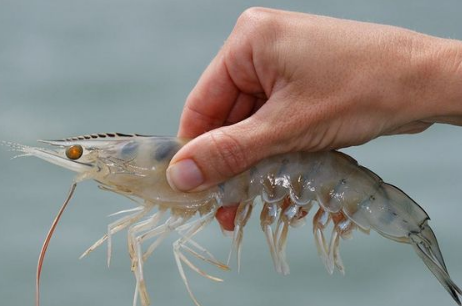
Another advantage is the large Vietnamese community in Australia (approximately 300,000 people), which has a certain influence on local consumption behaviors as a natural promoter for Vietnamese processed shrimp. In addition, the consumption of processed seafood in Australia has been growing at an average rate of 6–8% per year, despite a stable population. Flexible vegetarianism and healthy eating trends are also driving demand for seafood-based proteins like shrimp. These are opportunities for Vietnam to further tap into the premium, convenient, and processed shrimp segment—especially as Vietnamese enterprises continue improving their technological capabilities.
Despite the advantages, Vietnamese exporters still face challenges. Australia's strict quarantine regulations require imported shrimp to meet standards for antibiotics, microbiology, and be virus-free. High logistics costs and long transportation times (14–18 days) are also obstacles. Some businesses have proactively managed the cold supply chain by routing through intermediaries in Singapore or Darwin to shorten lead times and optimize costs.
To boost exports to Australia, the shrimp export business community has proposed more intensive trade promotion by product category, especially in key states like New South Wales and Victoria; investing in cold-chain logistics for distant markets; and supporting cold container transport. Businesses have also requested that Australia ease certain technical and administrative procedures to allow access for whole shrimp and semi-processed Vietnamese products. Other recommendations include joint research into shrimp genetics and green processing technologies.
Vietnamese enterprises should also focus on deep processing and developing private labels for Australian supermarket chains such as Woolworths and Coles; enhance digital traceability; and obtain international certifications like ASC (Aquaculture Stewardship Council) and BAP (Best Aquaculture Practices) to boost competitiveness.
The Vietnam Association of Seafood Exporters and Producers (VASEP) has stated that green growth in the shrimp industry is an inevitable trend to maintain global market presence. This requires the shrimp sector to restructure farmed species, diversify product lines, and apply sustainable technologies. Additionally, carbon emission reductions and enhanced traceability are becoming critical. Blockchain technology and product tracking systems will help improve transparency and traceability for shrimp products.
To realize green policy directions, various advanced farming technologies and processes are being applied in Vietnam’s shrimp industry, such as: Biofloc technology, Micro-Nano Bubble Oxygen systems, Recirculating Aquaculture Systems (RAS), three-phase farming methods, and waste reduction processes.
Application of Biological Products: The use of probiotics to treat water, boost shrimp immunity, and inhibit pathogens is emerging as a key trend in sustainable shrimp farming. The MP BIO biological protocol developed by Minh Phu Corporation is a prime example. It focuses on using antagonistic probiotics, generating Biofloc as a food source, controlling environmental conditions, and strengthening shrimp’s natural resistance—without using chlorine in water treatment. The method emphasizes creating nutrient-rich natural feed from algae and Biofloc, as well as fermenting feed with probiotics to improve absorption and nutrient conversion.
Circular Economy in Shrimp Processing: By 2030, the goal is to reuse 100% of shrimp processing by-products (e.g., shrimp shells, antennae, wastewater, sludge) to produce high-value-added products like chitin and chitosan.
Source: 1thegioi.vn
Aqua Mina's distributor in Japan: REX INDUSTRIES CO., LTD
- Address: 1-9-3 Hishiya-Higashi, Higashi-Osaka 578-0948 JAPAN
- Email: kimakubo@rexind.co.jp
- Phone: +81-(0)72-961-9893
- Website: http://www.rexind.co.jp/e/
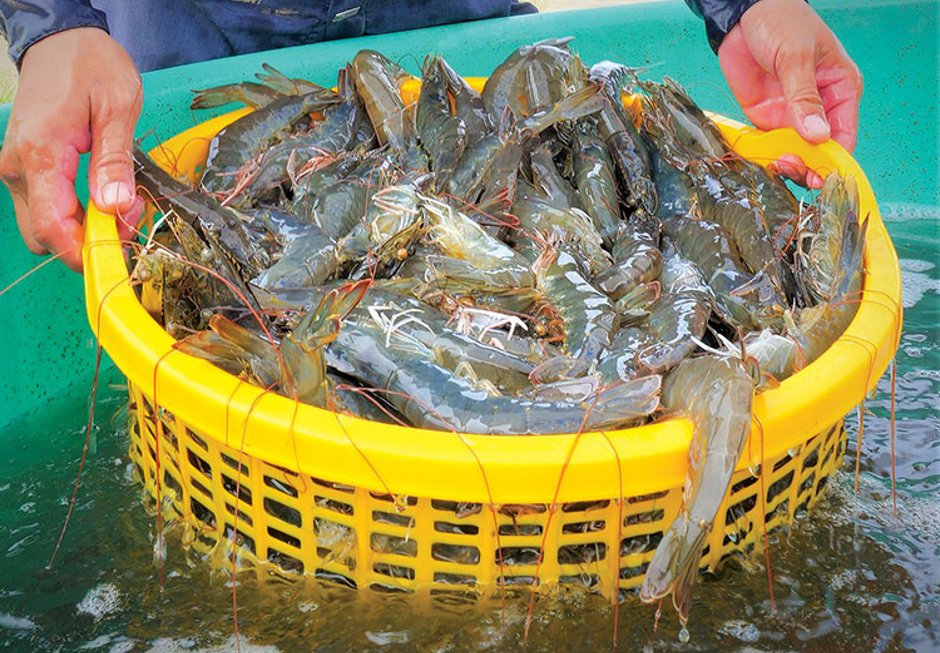
WE WORK FOR YOUR SUCCESS!
Ngày đăng : 17/06/2025
1704 View
Other Articles
Vietnamese shrimp and catfish choose a sustainable path in global competition
End-of-Season Shrimp Prices Reach Record Highs
Norway – Russia Reach Barents Sea Fisheries Agreement for 2026
Cà Mau strengthens traceability to enhance the competitiveness of the shrimp industry.
Cold stress: Effects on the plasma characteristics of whiteleg shrimp.
A new breakthrough in the prevention of diseases caused by the microsporidian parasite EHP in shrimp farming
Vietnam’s shrimp export outlook in the first quarter of 2026 continues to face heavy pressure from tariffs.
New England’s shrimp fishery to shut down for the long haul after years of decline
Crab exports to the United States account for more than 80%.
Thailand sets a target to increase shrimp production to 400,000 tons by 2026.
CTU-RAS: Recirculating Shrimp Farming for Sustainable Development
Vietnamese aquatic products reach new markets








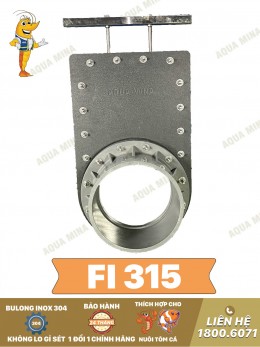
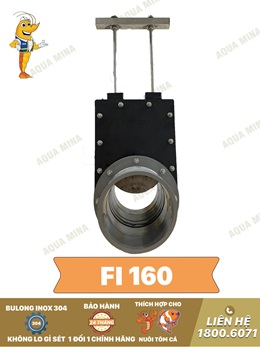
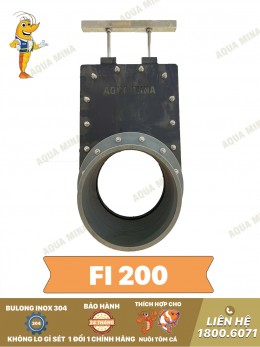
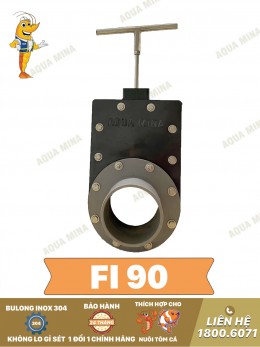
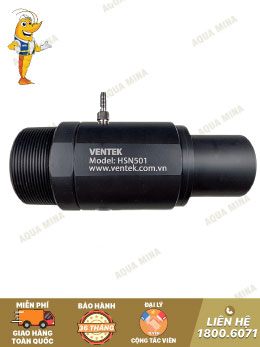






.jpg)